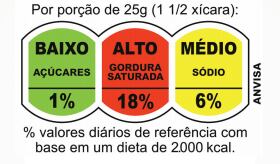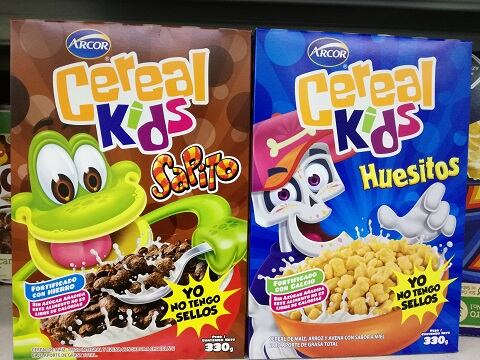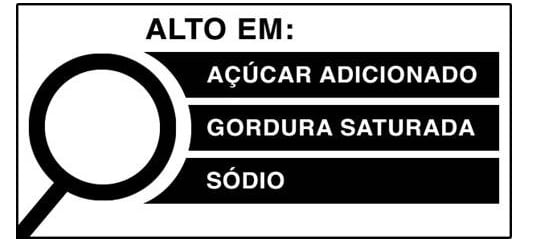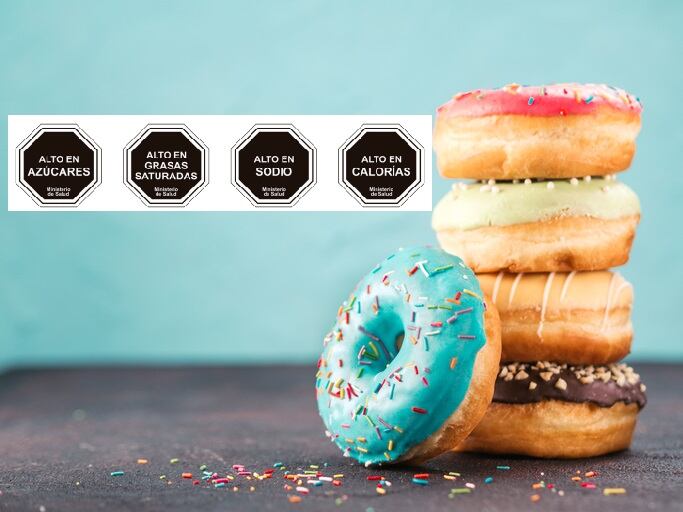Last week, Brazilian regulatory authority ANVISA revealed its proposed nutrition label, similar to the warning model in place in Chile.
However, trade group ABIA is a member of the Labeling Network (Rede Rotulagem), a collective made up of 20 Brazilian trade groups representing confectionery, cheese, margarine, soft drink and biscuit manufacturers (among others), that want ANVISA to adopt a traffic-light nutrition label based on portion sizes rather than 100 g servings.
Its members argue that giving consumers nutrient information based on portion size is “closest to the reality of consumption, consumer understanding and one of the most effective way of encouraging healthy eating habits”.

João Dornellas, executive president of ABIA, said in a statement: “We have to be very careful because by adopting this criterion we will not pass the correct information to the consumer. For example, when he buys a 30-g cereal bar and has a label that says it is high in sugar, it would be high if 100 g of the product were consumed. But at 30 g it is not high.”
ABIA is against nutrient profiles that would impact entire categories of food or drinks. It says over 90% of regulated portions are smaller than 100 g or 100 ml.
Dornellas added: “A fact noted by Chilean health minister Jaime Mañalich last Sunday when he commented on the unsuccessful experience of front-of-pack nutrition labeling in his country with warning symbols.”
“The massive use of warning signs has reduced consumer sensitivity. If everything has a warning sign, what difference does it make? It is a measure that is not effective for changing consumer habits, nor to encourage industries to reformulate their products.”
However, some research suggests that Chile's warning labels are making the country's eating habits better by discouraging mothers, who tend to buy groceries in most households, from choosing products with warning labels for their children.
Meanwhile, some manufacturers use the lack of warning labels, or 'sellos', as a marketing opportunity, such as Arcor and its cereal kids brand which makes the on-pack claim: 'I don't have warning labels'.
Suppliers are ready for reformulation

Ingredient suppliers active in Brazil, in any case, are gearing up for the opportunity that this presents.
Speaking to FoodNavigator-LATAM from FISA in Sao Paolo last month, Eduardo Dian, sales director for specialty food ingredients at Tate & Lyle Brazil, said the company was in close contact with ANVISA officials and had presented its sugar-, salt- and fat-reducing ingredients, showing how they are already used in other countries to make food healthier.
“[Nutrition labeling] is very important to us because we have solutions to support the new regulations that will come. We are working very closely with ANVISA and other institutes to see how the legislation will end up,” said Dian, adding that Tate & Lyle was not in favor of one model in particular but was “ready to support the market with whatever comes”.
“We have a lot of ingredients and solutions that can help […] and we have shown ANVISA that a lot of our ingredients can follow what they expect in terms of legislation.”




